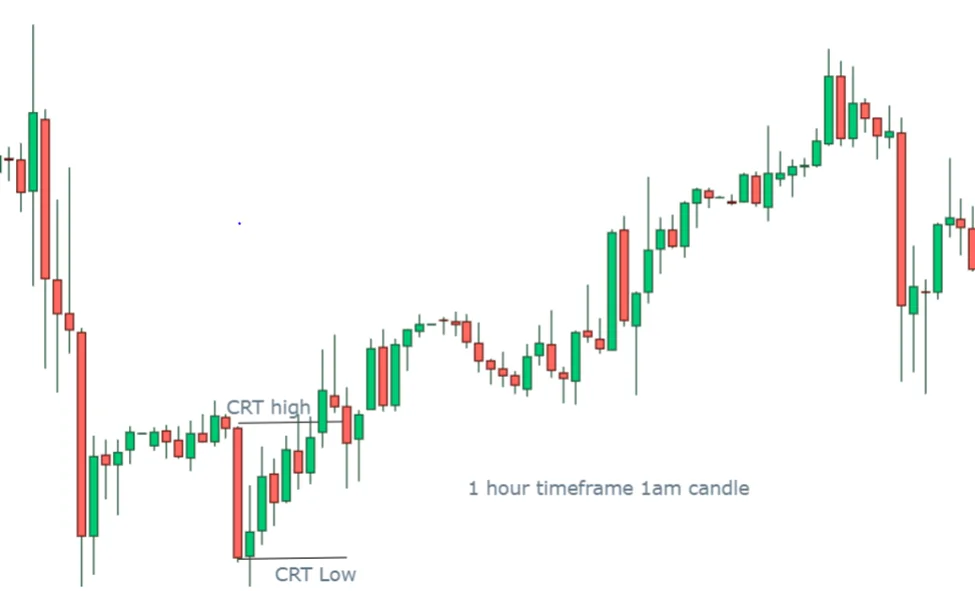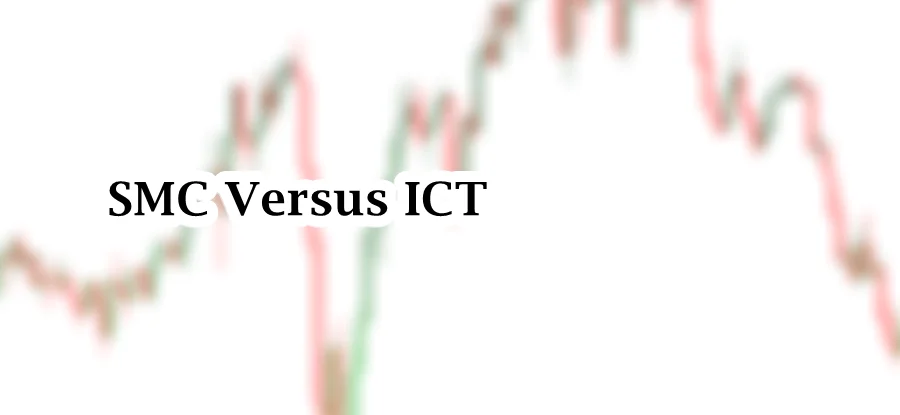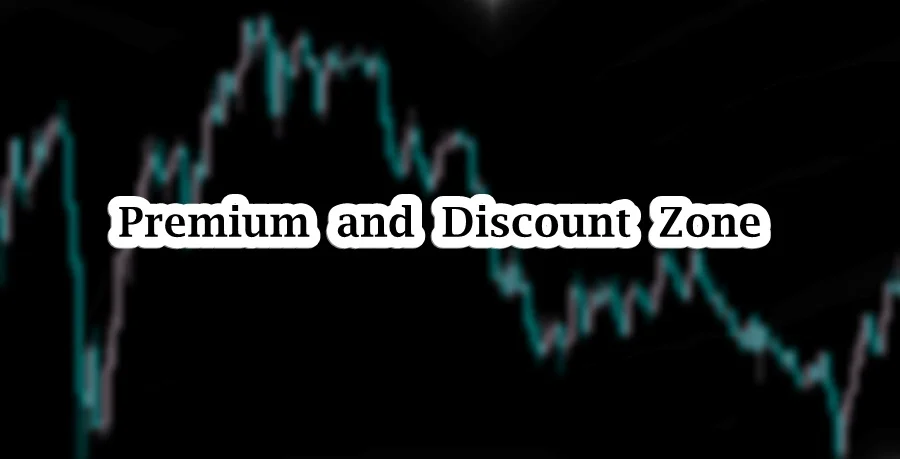
Table of Contents
Market manipulation costs retail traders. They often stop out when market manipulates in specific areas. Liquidity fuels the movement of financial markets. Candle range theory (CRT) and ICT power of 3 is combined to bring more sophisticated results. Trader believes that the focus should be on the grabbed liquidity rather than on any specific theory.
CRT is a concept used in technical and price action analysis of financial markets. The theory focuses on analyzing the range of candlestick bodies on different timeframe. The theory can be combined with SMC and ICT trading concepts to bring more energy in trading decisions.
Understanding Candle Range Theory (CRT)
Range of candlestick refers to the distance its high and low. From smaller time frames to higher timeframe the rule remains the same for identifying the range of a candlestick. Each candlestick presents four key points.: open, high, low and close. The distance between open and close is the body of the candle. Wicks (shadows) represents market dynamics.
Candle Range Theory (CRT) is a powerful approach and helps in understanding market dynamics. CRT operates on the principle that every candlestick is a representation of a range of price action. We can say that a candlestick in a higher timeframe is a range of price action in lower timeframe. When we analyze the HTF candle closely in lower time frame, there is a clear range of price action between the highest and lowest of the HTF candlestick.
Price does not move randomly within these ranges. Price movement is structured and can follow certain market behavior. The price can sweep, break out or retest these ranges. Such behavior is seen in candlestick patterns. These candlesticks provide deeper information of market sentiment. The way market moves within the ranges informs traders about the market’s intention to accumulate, manipulate or distribute. From there we collect probabilities and predict the next move of the market.

The range is not static. Ranges of HTF in LTF can vary. However, in order to catch more logical trade. There should be proper accumulation, manipulation and distribution. Normal ranges are less predictive in nature. That is why, its combination with ICT power of 3 makes it powerful.
Price movement and ICT Power of 3 (AMD)
A foundational factor in CRT is its combination with ICT power of 3. With the help of this, a trader can time trade entries in market. CRT candlestick pattern (combined with ICT power of three) firmly believes that market mainly moves in three directions: Accumulation, manipulation and distribution. Above chart is showing the whole price action range within one candle. It can happen multiple candlesticks.
There is a rule in CRT that if market decides to move in a direction, it must accumulate and then clear out the highs or lows of CRT candlestick (it depends upon whether the candle is bullish or bearish).
After identification of candlestick with strong range in key level. There is a proper accumulation on smaller time frame. Institutions accumulate their positions. During accumulation phase, market move in a tight range (sideways). Institutions carefully accumulate positions with intention of erasing foot prints of their accumulation.
Manipulation occurs to trap retailers. Retailer bias market directionality and enter in market with break out. The break out is used by institution as a trap and short lived. Manipulation occurs in characterized by false breakouts, stop hunts, or liquidity grabs.
Manipulation is short-lived and market enter again in the range. Distribution phase usually aligns with the actual trend direction. It allows market to move in one specific direction. The phase is profitable for institutional investors.
The entire process is considered as a heart beat of the market. The process of ADM operates as a never-ending loop in financial markets. The process can across multiple time frames. By zooming into the smaller timeframes, we can identify accumulation, manipulation and distribution of HTF CTR candlestick. Multi-timeframe helps in refining the entry and exit points.
Identification of CTR Candlestick
CRT revolves around the idea that each candlestick on a chart represents a range of price action. The range can be influenced by employing various other factors by looking at smaller timeframe. The additional components can help us in identifying CRT.
Look for CRT around Key levels:
One of the important levels of chart is supply and demand zones. These are the key psychological levels where price strongly reacts. In ICT trading, the favorable condition would be if there is an order block. Following are the key levels that should be considered in smaller time frames:
- Order Blocks and Point of interest
- Fair value gaps and liquidity voids
- Previous swing highs and lows
- Break of Structure and change of character.
There are the few thing that trader can look for while trading.
Look for Candles inside the range
After identifying CRTs around key levels, the next step is look for candles inside the CRT. Candles inside the range provide important clues about what phase of the market.
Inside candle forms when its high and low forms within the previous candle. In candlestick patten, such formation of candlesticks is known as Harami pattern. Inside candles signals a period of consolidation. In this period market is accumulating orders. Accumulation is often seen as a series of smaller candles that stays within the defined range.
Manipulation occurs when market moves outside the established range. Such move is designed to capture the stoploss of retail traders. Manipulation candles often have long wicks. These candles form around key levels. ICT traders are aware about fake outs. This serves as additional confirmation of trend direction.
Distribution candles are displacement candles (candles with large bodies) that break out of the range. These candles mark the start of the trend or continuation of the move after manipulation phase. Distribution candles are often seen during the most volatile part of the trading day where institutions are actively participating in the market.
LTF CRT within a HTF CRT
One of the most important things is the concept of multi-timeframe analysis. A CRT that forms on a higher timeframe can often contain several smaller CRTs within smaller timeframes.
On a higher timeframe, a daily candle forms a range between its high and low. The range of the candle becomes the CRT for the day. When we zoom by approaching smaller timeframe, there are number of candles representing price action throughout the day. Within the range, we can spot lower timeframe CRTs. Lower timeframe like 1-hour and 15 min is used to time trading entry in the market.
This multi-timeframe approach allows traders to understand the bigger picture of the market. The bigger picture allows traders to confirm trade and avoid false signals.
CRTs around Key Sessions
Timing is crucial in Candle range theory. It is because within an impulse or correction move, there are numerous candles with strong ranges. This makes it difficult for us to identify right CRT. There are key trading sessions and kill zones that help us to identify the right CRT. Asian, London, and New York sessions are the most important trading period in the forex market.
Asian session has low volatility and is often characterized by accumulation. Market during Asian session moves sideways or within a range during a session. It forms accumulation phase of CRT. London session open with a burst of volatility, often leading to manipulation. Price may break out of the range formed during the Asian session. This manipulation results in triggering of stop loss trigger of retail traders or enticing retail traders into false break outs. New York session typically sees the highest volatility. This is the distribution phase where institutions distribute their positions.
Key timing for CRTs
In trading CRT, timing and Key levels are most important levels. Identification of CRTs in forex market provide an edge in spotting accumulation, manipulation and distribution phases. 1am, 5am, 9am 1pm, 3pm, 9pm, are key times when liquidity and volatility shift due to major market session overlaps.
1am and 5am coincide with the Asian and London Session overlap. During this time, price often transitions from the lower volatility of the Asian session into the higher volatility of the London session. Traders often expects manipulation or break out.
9am is the time when the London session is fully underway. This time is important because significant price movement occurs. The timing is important for CRTs.
1pm and 3pm are crucial. In this time New York session comes into play. Overlap between London and New York session results in volatility. Identification of CRT during these timings can provide great trading opportunities.
9pm is the time when New York session ends volatility decreases. CRT patterns around this time indicate final movement of the day.
Candle Range Theory and Multi-timeframe Analysis
The concept of multi-timeframe analysis plays a critical role in refining trading decisions and locating sniper entries. The ideas is to use HTF CRT for context and then zoom into a lower timeframe for precise entry points. This allows traders to align with the overall trend or momentum. The following is timeframe combination used in CRT trading:
- Trace monthly CRT for context and take entry on daily candle setup.
- Tracing daily CRT for context and taking entry on 1-hour candle setup.
- Tracing CRT on 4-hour chart and taking entry on 15-min timeframe.
- Tracing CRT on 1-hour chart and taking entry on 5min chart.
- Tracing CRT on 15 min chart and taking entry on 1min chart.

The essence of multi-timeframe analysis lies in using higher timeframe for context and then using smaller timeframes for trading setup. Multi-timeframe analysis helps in understanding overall structure of the market. ICT PD arrays are used in combination with CRT for better technical analysis.

Final Note
Candle Range Theory is an important concept in trading realm. Combining ICT with CRT enhances technical analysis and the ability to predict market movement. Always ensure that you analysis is aligned with higher timeframe. Trading involves substantial risk and may not be suitable for all investors. Always use risk management strategies and never trade with money you cannot afford to lose.
Frequently Asked Questions (FAQs)
What is Candle Range Theory?
Candle Range Theory (CRT) views each candlestick as a range of price action. The high and low of the candle represent the range of price action on smaller timeframe. It shows how the market moves within and around these ranges on various timeframes.
How to identify Candle Ranges?
The best idea is to look around key levels like ICT PD arrays, supply and demand zone, and recent swing highs and lows.
What are the essential timings for CRT?
1am, 5am, 9am 1pm, 3pm, 9pm, are the essential timings when liquidity and volatility shift due to major market session overlaps.
What timeframes to use for CRT entry?
A common multi-timeframe CRT approach includes:
Monthly CRT → Entry on Daily setups.
Daily CRT → Entry on 1-hour setups.
4-hour CRT → Entry on 15-minute setups.
1-hour CRT → Entry on 5-minute setups.
15-minute CRT → Entry on 1-minute setups.

I’m Aatiq Shah, a dedicated forex and crypto market practitioner with three years of hands-on experience. Currently, I’m working as a Financial Manager. My journey in the world of finance has equipped me with the skills and knowledge needed to navigate the complexities of the forex and crypto markets.





